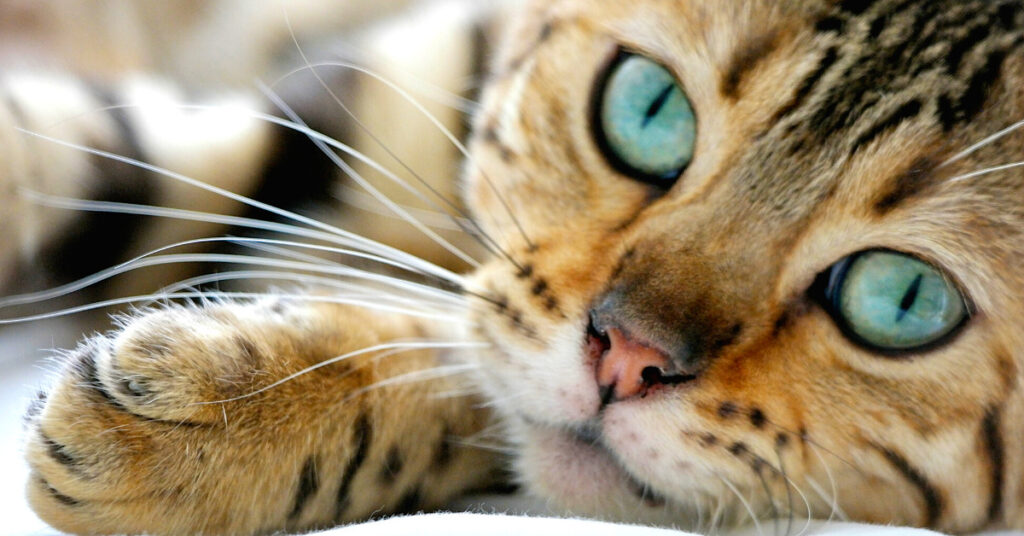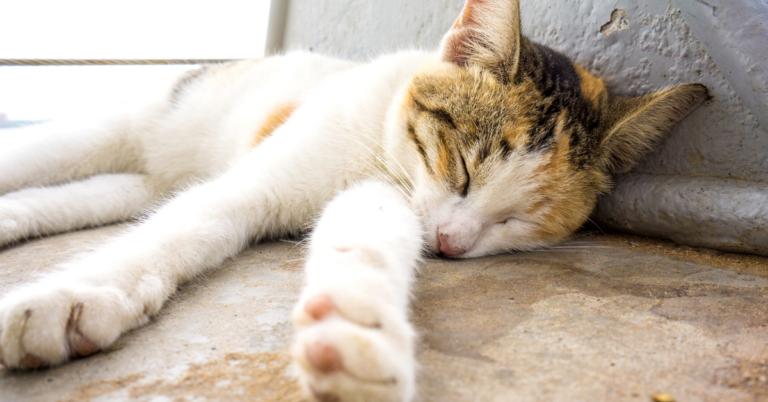Cat Seizure (Signs & What You Should Do)
Reviewed by Erica L. Tramuta-Drobnis, VMD, MPH, CPH
A cat seizure can be very scary and alarming for pet owners.
However, fortunately they are not always considered a medical emergency.
A cat seizure usually happens when a certain area in the brain, the cerebral cortex, won’t function normally. In response, the cat’s body will shake and lose voluntary movement.
Read more to know when your cat is having a seizure, and what you should do about it.
What is a Cat Seizure?

A cat seizure is a sudden flow in the electrical activity of the brain, which causes abnormal behaviors like twitching, shaking, tremors, convulsions, and spasms.
Cats may also have epilepsy, which is repeated or multiple seizures. These seizures can be occasional, and unpredictable, or may happen at regular intervals.
Seizures in cats have two types: Generalized seizures, and focal seizures. Generalized seizures happen when the cerebral cortex is the cause of the seizure as a whole, which affects the entire body.
Focal seizures happen when a smaller localized area within the cerebral cortex is the cause. Focal seizures are also known as partial seizures, because they affect certain parts of the body.
Causes of Cat Seizure
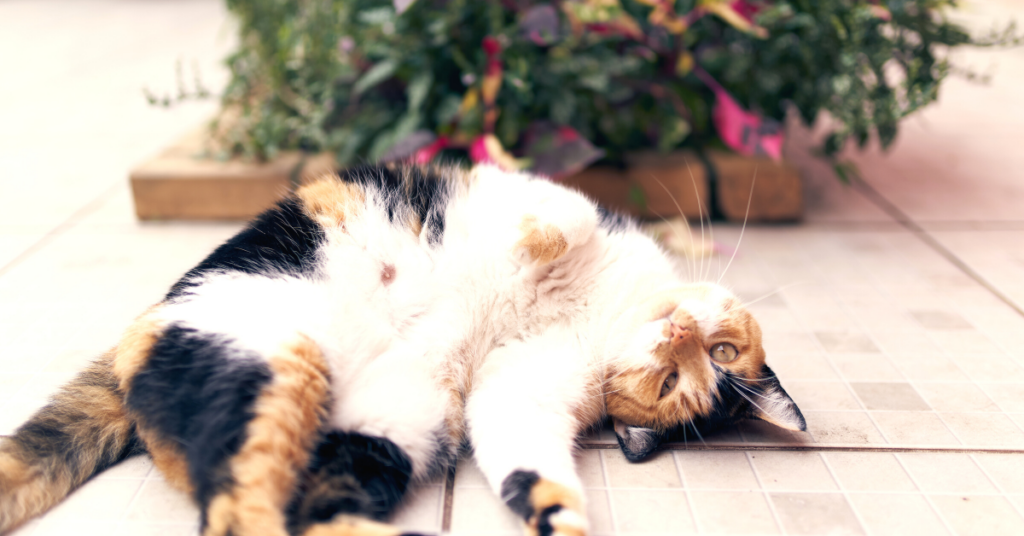
The most common cause of cat seizure is the exposure to toxins, such as flea and tick medications, sprays, and shampoos that contain chemicals like pyrethrin.
Pyrethrin can cause cat seizures. It’ mostly used in over the counter flea treatments for dogs specifically.
In addition, a cat may have a seizure caused by a head trauma, due to car accidents, falling from high places, or any serious injuries to their head.
Other causes include brain tumors, low blood sugar, viruses, and brain parasites, such as toxoplasmosis.
Additionally, health problems elsewhere in the body such as liver or kidney disease, can cause cat seizures, heat strokes, and high blood pressure.
Cat seizures often happen when brain activity is changed, such as during excitement, feeding, falling asleep or waking up.
Finally, if your cat has epilepsy, the cause is usually unknown. It’s scientifically called idiopathic epilepsy, which is a genetic disorder in dogs, but rarely diagnosed in cats.
Seizures and epilepsy in cats are much less common than in dogs.
Signs of Cat Seizure
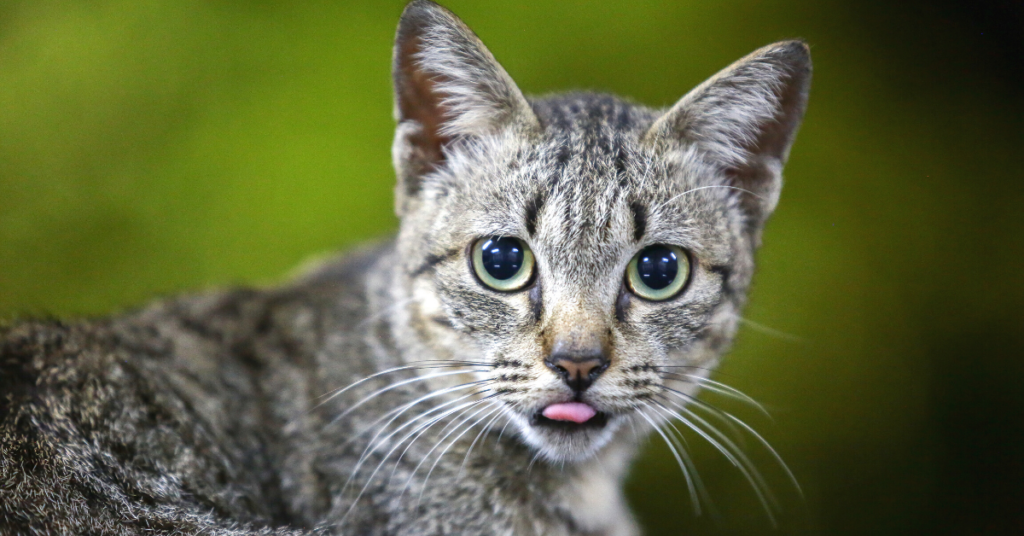
Signs of cat seizure depend mainly on the seizure form. There are different forms with different signs. Grand mal or generalized seizures usually last 1-2 minutes. They can be single or occur in clusters.
There are signs that occur before a seizure starts, this is called the pre-ictal phase. This phase includes a change in behavior like being agitated, seeking attention, and head turning.
Grand mal seizures have signs like rigid limbs, paddling, loss of urinary or bowel control, and the head is usually bent backwards along the spine.
If a cat seizure lasts more than 5-10 minutes, it’s called “status epilepticus”. This condition is considered an emergency, and the cat should be taken to the emergency veterinarian as quickly as possible.
After the seizure has ended, the phase is called post-ictal phase, which includes signs like lethargy or laziness, depression, and excessive eating and drinking.
In addition, there are other very rare forms of cat seizures such as partial seizures, which have signs like being aggressive, biting at non existing objects, and tail chasing.
Finally, absence seizures which are also very rare, are also called petit mal seizures. They are minor and the affected cat is usually not aware of its surroundings.
If you notice any of these signs, it’s better to call your vet to get a full check up.
What to Do if Your Cat Has a Seizure
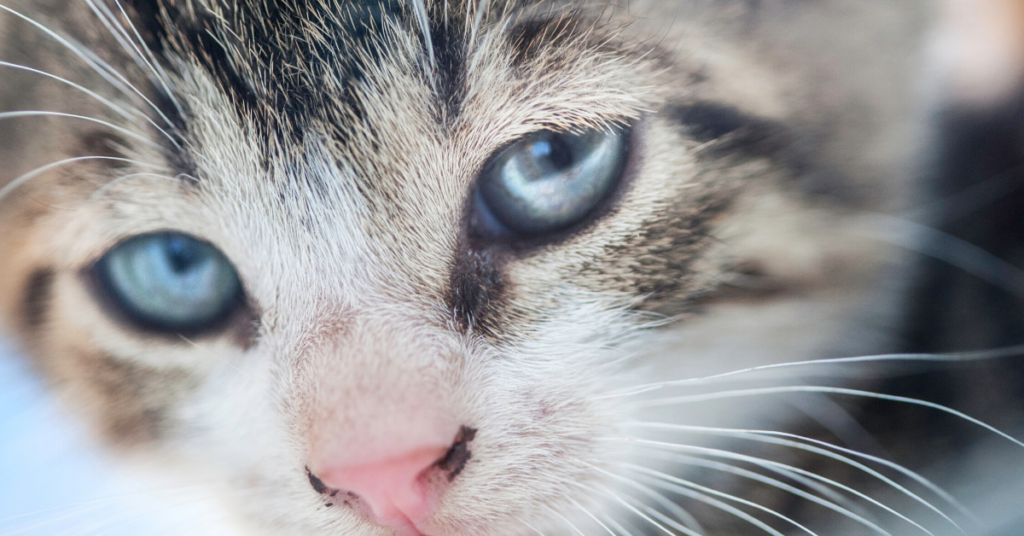
Cat seizures are rarely a medical emergency, unless it’s a continuous “status epilepticus” seizure, which lasts more than 5-10 minutes.
If the seizure stops after 1-2 minutes, it’s not considered an emergency. However, it’s better to take a vet appointment to get a full check up for your cat.
It’s better not to touch your cat while it’s having a seizure, unless there’s a chance of hurting themselves, like falling down from a high place, or into a pool.
If the seizure lasts for more than 5 minutes, you should go to the nearest emergency veterinarian clinic immediately. Wrap your cat in a thick & soft towel for safe transportation.
The vet will ask you questions about the cat’s health history that include number, length, and frequency of the seizures, vaccination history, nutrition, any abnormal signs, and any change in weight.
This will help the vet in recommending the suitable tests and treatment. For better diagnosis, the vet may do tests like blood test, urine and fecal tests, X-rays, ultrasounds, and MRIs if needed.
Cat Seizure Treatment

Cat seizure treatment will depend on the form of seizure. If the cat is having a status epilepticus seizure, the vet will insert an intravenous catheter, use anticonvulsant medications to stop seizures, and diagnostic tests.
If the cat is stable and the seizure has stopped, the vet will have a full check up, to diagnose any underlying causes, in order to treat them.
The cat may not need anticonvulsant medications if the seizures are rare, because these medicines have side effects.
However, if the seizures occur often every 6-8 weeks, then medications are needed to prevent more brain damage.
It’s important to follow dosing instructions if a medicine was prescribed by your vet. Because changing the dose or stopping suddenly can start the seizure again or make it worse.
When to See a Veterinarian

If you notice your cat is having repeated seizures for more than 5 minutes, you should take it to the emergency vet immediately.
Even if the cat had minor seizures that lasted 1-2 minutes, it’s better to take it to the vet for diagnosis and to treat the underlying cause, especially if it has frequent seizures every 6-8 weeks.

